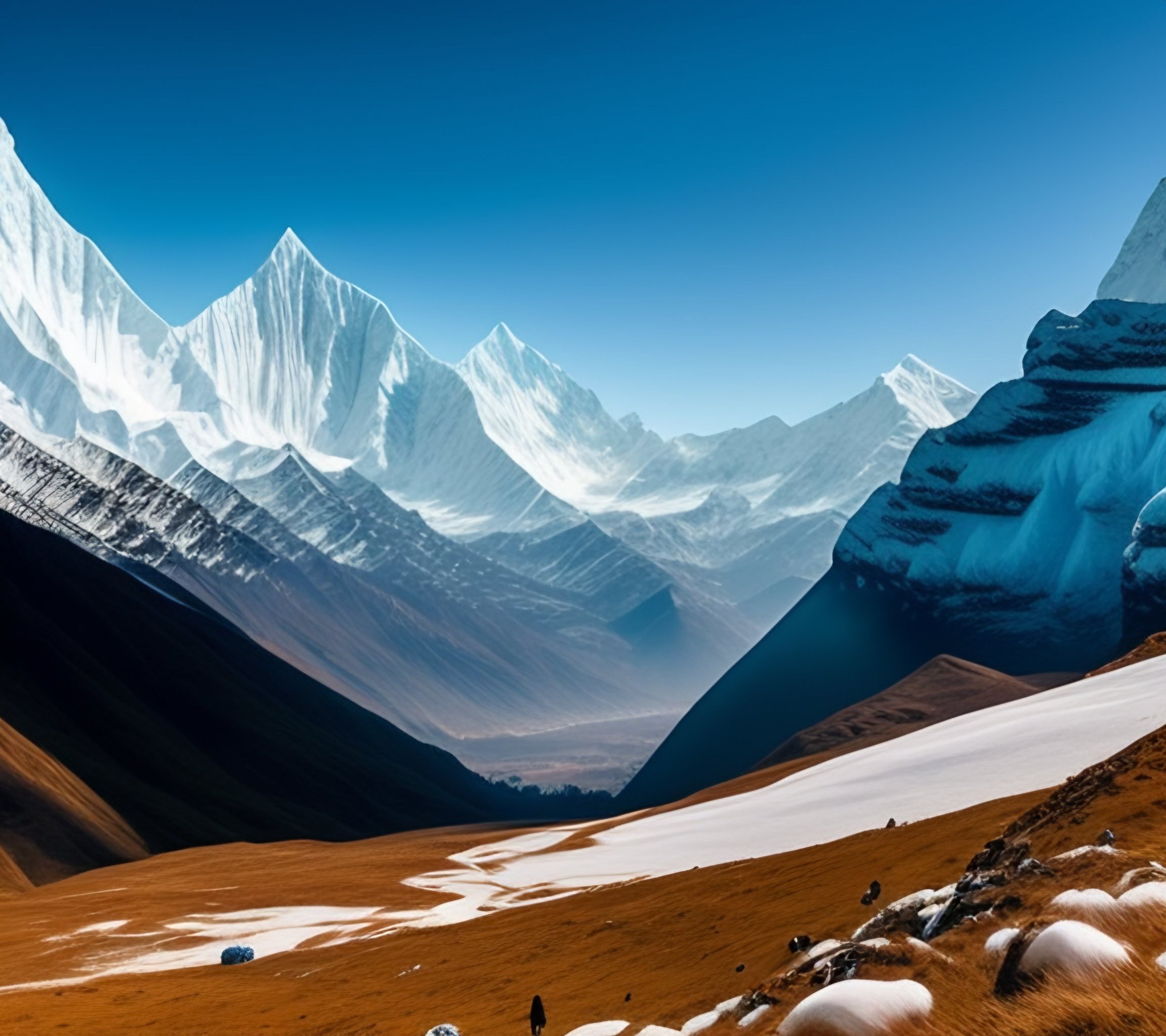Trekking the Majestic Himalayas: Adventures and Stories from the Highest Peaks
Trekking the Majestic Himalayas: Adventures and Stories from the Highest Peaks
The Himalayas are home to some of the world's highest peaks and most stunning landscapes. For adventure seekers and nature lovers, trekking in the Himalayas is an experience of a lifetime. From the Annapurna Circuit to Everest Base Camp, there are countless trekking routes in the Himalayan region that offer a unique blend of natural beauty, cultural immersion, and physical challenge.
Trekking in the Himalayas is not just about reaching the summit of a mountain. It's about the journey, the people you meet along the way, and the stories you collect. Each trek in the Himalayas is a unique adventure, with its own set of challenges and rewards.
One of the most popular trekking routes in the Himalayas is the Annapurna Circuit, located in Nepal. The trek takes you through some of the most stunning landscapes in the world, including snow-capped peaks, alpine forests, and traditional villages. The trek is a challenging one, with several high passes to cross and steep ascents and descents. However, the breathtaking views and the chance to experience the culture of the region make it all worth it.
Another popular trekking route in the Himalayas is the Everest Base Camp Trek. This trek takes you to the base camp of the world's highest mountain, Mount Everest. The trek is challenging, but the reward of standing at the base camp of Everest is an experience that is hard to match. Along the way, you will pass through several traditional Sherpa villages and get a glimpse into their way of life.
Trekking in the Himalayas is not just about physical challenge and natural beauty. It's also about cultural immersion and learning about the history and traditions of the region. The Himalayas are home to several ancient religions, including Hinduism, Buddhism, and Jainism. Along the trekking routes, you will find several pilgrimage sites, monasteries, and temples that are of great significance to the local communities.
Trekking in the Himalayas is not without its challenges. Altitude sickness, extreme weather, and difficult terrain are all factors that need to be taken into consideration. However, with the right preparation and guidance, trekking in the Himalayas can be a safe and rewarding experience.
When planning a trek in the Himalayas, it's important to choose a route that suits your level of fitness and experience. There are several factors to consider, including the altitude, terrain, weather conditions, and the length of the trek. It's always a good idea to seek advice from experienced trekkers or local guides before embarking on a trek in the Himalayas.
One of the most important factors to consider when trekking in the Himalayas is altitude sickness. The higher you climb, the less oxygen there is in the air, and the greater the risk of altitude sickness. It's important to acclimatize properly and allow your body time to adjust to the altitude. Most trekking routes in the Himalayas have designated rest days built into the itinerary to help with acclimatization.
The weather in the Himalayas can also be unpredictable and extreme. Trekking during the monsoon season (June to September) can be challenging due to heavy rain and landslides. Similarly, winter trekking (December to February) can be difficult due to the cold temperatures and snow. The best time to trek in the Himalayas is during the spring (March to May) and autumn (September to November) when the weather is mild and the skies are clear.
Trekking in the Himalayas also requires proper gear and equipment. Good quality trekking boots, warm clothing, and a waterproof jacket are essential. It's also important to carry a first-aid kit, a map, and plenty of water and snacks. Most trekking routes in the Himalayas have tea houses or lodges where you can find food and accommodation, but it's always a good idea to carry some extra supplies.
Finally, trekking in the Himalayas is not just about physical challenge and natural beauty. It's also about respecting the local culture and environment. The Himalayas are home to several indigenous communities, and it's important to respect their traditions and way of life. It's also important to be mindful of your environmental impact and to practice sustainable trekking.
In conclusion, trekking in the Himalayas is an adventure that should be on every nature lover's bucket list. The stunning landscapes, the cultural immersion, and the physical challenge make it an experience of a lifetime. Whether you're a seasoned trekker or a first-timer, the Himalayas offer something for everyone. So, pack your bags, put on your trekking boots, and get ready for an adventure of a lifetime.



Comments
Post a Comment